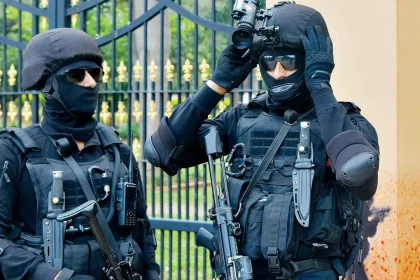IAS vs Army Officer Salary – Who Actually Takes Home More?
Deciding between a career in the Indian Administrative Service (IAS) and serving as an Army officer is a significant choice…
How to Become a Doctor in the Army – Salary, Eligibility & Path
To become a doctor in the Indian Army represents not only a prestigious career choice but also a profound commitment…
50+ Personal Life SSB Questions That Can Make or Break Your Interview
The Service Selection Board (SSB) interview stands as a pivotal hurdle for aspirants aiming to join the Indian Armed Forces.…
IPS vs Army Officer: Who Makes More Money? Salary Face-Off!
In the realm of civil service, the decision to pursue a career as an Indian Police Service (IPS) officer or…
How to Get Into Sainik School in 2025 – Complete Entry Process
To join a Sainik School in 2025, students must embark on a structured journey governed by the All India Sainik…
Balidan Badge: The Secret Symbol of Para Commandos Explained
The Balidan Badge is a distinguished emblem that represents more than just military achievement; it embodies the spirit of sacrifice,…

